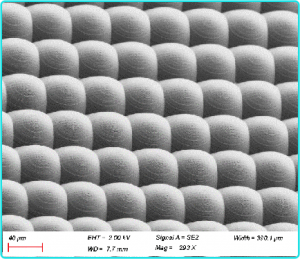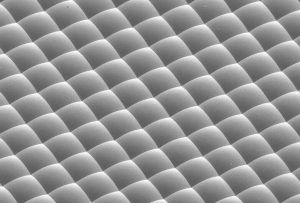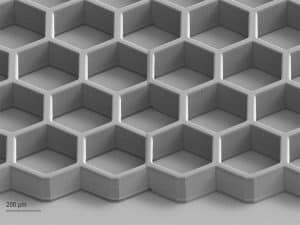
Micro and Nano Processing | Introduction to Dry Etching Process
Etching technology is divided into: wet etching and dry etching
Wet etching is divided into: chemical etching and electrolytic etching
Dry etching is divided into: plasma etching, ion beam sputtering etching, reactive ion etching
Dry etching is a technique for etching thin films with the more chemically active nature of plasma.
Depending on the etching mechanism using ions, there are three types of dry etching.Physical etching, chemical etching, and physicochemical etching.Among them, physical etching, also known as sputter etching, is highly directional and can achieve anisotropic etching, but cannot perform selective etching. Chemical etching uses chemically active atomic groups in the plasma to chemically react with the etched material to achieve the etching purpose. Since the core of etching is still a chemical reaction, the effect of etching is somewhat similar to that of wet etching, with better selectivity, but poor anisotropy.
Comparison of plasma dry etching mechanism and etching parameters
| Etching parameters | Physical etching - RF field vertical sheet | Chemical etching - RF field parallel sheet | Physical and chemical etching - RF field vertical sheet |
|---|---|---|---|
| Etching Mechanism | Physical ion sputtering | Reactive element chemistry | Ion sputtering and reactive element chemistry |
| Sidewall profile | Anisotropy | Isotropic | Anisotropy |
| Select more than | Low/difficult Improve (1:1) | Very high (500:1) | High (5:1~100:1) |
| Etching rate | High | slow | Moderate |
| Line width control | Good | Very poor | Very good |
According to the plasma generation method, ICP inductively coupled plasma, CCP capacitively coupled plasma, ECR microwave electron cyclotron resonance plasma. cyclotron resonance).
Extended Reading.
- Micro and Nano Processing | Overview
- Micro and Nano Processing | Photolithography - Nanoimprint Lithography
- Micro and Nano Processing | Lithography - Focus on Ion Beam FIB
- Micro and Nano Processing | Lithography - Electron Beam Lithography
- Micro and Nano Processing | Photolithography - Optical Lithography
- Micro and Nano Processing | Etching
- Micro- and Nanofabrication | Thin Film Preparation - Epitaxy
- Micro and Nano Processing | Thin Film Preparation - PVD
- Micro and Nano Processing | Thin Film Preparation - CVD
We offer fastMEMS device / micro and nanostructure processing design services, Feel free to leave a message to inquire.


